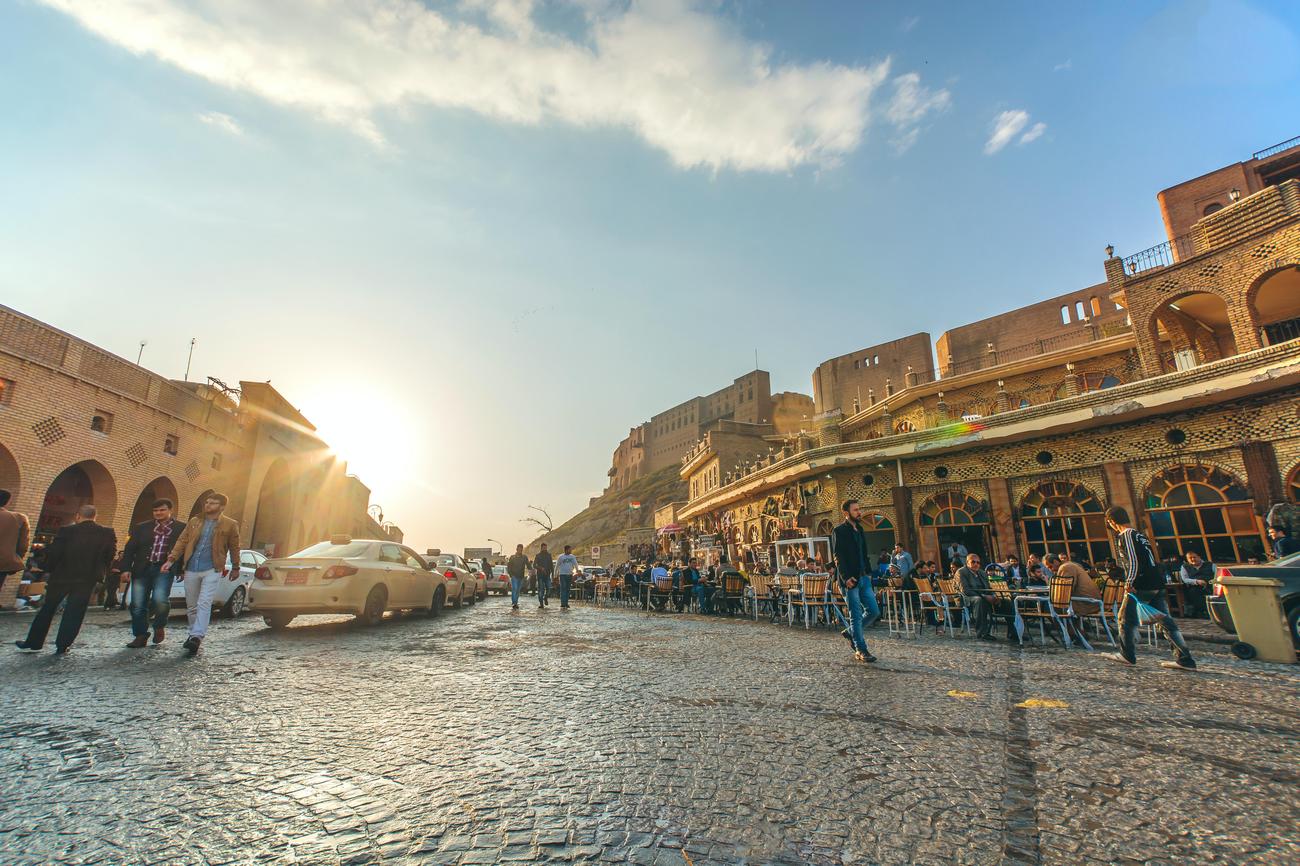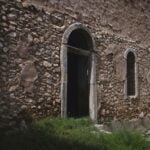Prepare to embark on a captivating journey through the historical and geographical wonders of Iraq, where the past intertwines with the present to shape a fascinating tapestry. In this article, we will unravel the intricate threads that have woven together Iraq’s rich heritage, shedding light on the profound connections between its historical and geographical landscapes. With an expert lens and a passion for detail, we will delve into the depths of Iraq’s past, unveiling the hidden stories and unveiling the significance of its geography in shaping its destiny. Brace yourself for an exploration like no other as we dive into the captivating world of Iraq’s historical and geographical intricacies.

Historical and Geographical Intricacies of Iraq
From the ancient land of Mesopotamia to the modern nation of Iraq, this region has witnessed a remarkable tapestry of historical and geographical intricacies. Join me as we delve into the depths of Iraq’s past and navigate the diverse landscapes that have shaped its present and future.
Iraq’s Historical Journey
Iraq’s history stretches back thousands of years, earning it the title of “cradle of civilization.” It was here, in the land between the Tigris and Euphrates rivers, that humanity witnessed the birth of writing, the establishment of powerful empires, and the birthplace of the world’s oldest legal code. Mesopotamia, as it was once known, boasts a rich archaeological heritage that offers valuable insights into the roots of human civilization.
“Through the annals of time, Iraq has preserved the treasures of ancient civilizations, a testament to the indelible mark they left on the world.”
Geographical Diversity
Iraq’s geography is as diverse as its history. At first glance, one may envision a land dominated by deserts, but Iraq’s topography tells a different story. Divided into four physiographic regions, its landscapes showcase a variety of terrain. To the south lies the alluvial plain, crisscrossed by the mighty Tigris and Euphrates rivers—the lifeblood of the region. To the northwest lies Al-Jazīrah, a fertile steppe renowned for its agricultural productivity. In the northeast, mountains grace the horizon, while Lower Mesopotamia is a land of marshes and wetlands.
“In the tapestry of Iraq’s geography, each region weaves together a unique story, blending contrasting elements into a harmonious whole.”
The Tigris-Euphrates River System
The Tigris and Euphrates rivers deserve special mention when exploring the geographical intricacies of Iraq. These majestic waterways have shaped the country’s history, providing fertile soil for agriculture, transportation routes for trade, and a source of life for countless communities. The rivers have been both a blessing and a curse, as they often flood, leaving behind a legacy of devastation and rebirth. Unraveling the historical and geographical significance of these rivers is key to understanding Iraq’s past and present.
“As the Tigris and Euphrates rivers intertwine, so too does the story of Iraq—interweaving the threads of civilization and nature.”
Modern Challenges and Rebuilding
While Iraq’s past is captivating, its modern history is marked by political and social challenges. From foreign rule to internal conflicts, this nation has overcome significant hurdles on its path toward stability. The fall of Saddam Hussein and the subsequent insurgency plunged Iraq into a period of turmoil, causing immense suffering for its people. Yet, amidst the chaos, there have been inspiring efforts to rebuild and restore Iraq to its former glory.
“Through the storms of adversity, Iraq’s resilience shines, showcasing its unwavering spirit and determination to rebuild a brighter future.”
Iraq is a country rich in history and culture. If you’re a student looking to learn more about this fascinating nation, we’ve got you covered! Click here to explore our comprehensive guide on Iraq Facts For Students. From ancient civilizations to modern-day traditions, this resource will provide you with all the information you need to impress your classmates and ace your assignments. So don’t miss out on this opportunity to expand your knowledge. Click the link and embark on an educational journey through the captivating world of Iraq!
Click here to discover Iraq Facts For Students and enrich your understanding of this remarkable country.
FAQ
Question 1: What is the historical significance of Iraq?
Answer 1: Iraq holds a rich historical significance as it was known as Mesopotamia, one of the earliest cradles of civilization. It is the birthplace of writing, with ancient Sumerians developing the first known writing system, cuneiform. Iraq’s historical legacy includes the rise and fall of empires such as Assyria, Babylonia, and Persia, leaving behind architectural wonders like the ancient city of Babylon.
Question 2: What are the major geographical features of Iraq?
Answer 2: Iraq’s diverse landscapes encompass different geographical features. It includes deserts like the vast Arabian Desert in the west and the northeast’s sandy deserts. Additionally, Iraq boasts of picturesque highlands in the north region, including the Zagros Mountains. Moreover, it contains fertile alluvial plains along the Tigris and Euphrates rivers, allowing for agricultural practices.
Question 3: How does Iraq’s geography influence its history and culture?
Answer 3: Iraq’s geography has significantly shaped its history and culture. The alluvial plains facilitated the growth of ancient civilizations through their fertile soil and access to the Tigris-Euphrates river system. This resulted in the development of advanced irrigation systems and urban centers. Additionally, the mountains and deserts provided natural protection and influenced the historical movement of nomadic tribes and conquerors.
Question 4: How have recent conflicts impacted Iraq’s stability?
Answer 4: Iraq has faced significant political and social challenges in recent history. The fall of Saddam Hussein’s regime in 2003 led to a violent insurgency and sectarian conflicts, resulting in instability and thousands of deaths. The subsequent U.S. invasion and the power vacuum left behind exacerbated existing tensions, creating a long-lasting impact on Iraq’s stability and rebuilding efforts.
Question 5: What is the current situation in Iraq?
Answer 5: Iraq continues to face ongoing political and social challenges as it strives to rebuild and stabilize the country. Efforts are being made to address sectarian divisions, promote national reconciliation, and strengthen democratic institutions. However, the presence of extremist groups and regional tensions pose obstacles to Iraq’s progress towards peace and prosperity.
















